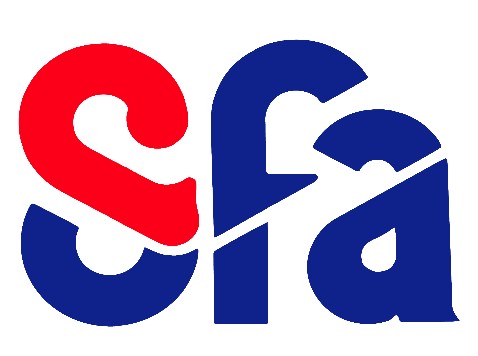Upward and Downward Slurred Transients on Brass Instruments: Why is One Not Simply the Inverse of the Other?
Résumé
Recent experimental research on the transient behaviour of brass player's lips has shown that when slurring between two notes the player uses significantly different techniques for slurring upwards than for slurring downwards. This is particularly noticeable when the player moves between larger intervals: to or from the fourth resonant mode to the eighth mode, for example. This study explores the physics behind these different slurring mechanisms through the analysis of experimental data from high speed video capture synchronised with pressure data measured in the mouthpiece and at the bell exit. Predictions based on recently developed time domain models of brasswind instruments are compared with the experimentally observed phenomena.
Origine : Accord explicite pour ce dépôt
Loading...


